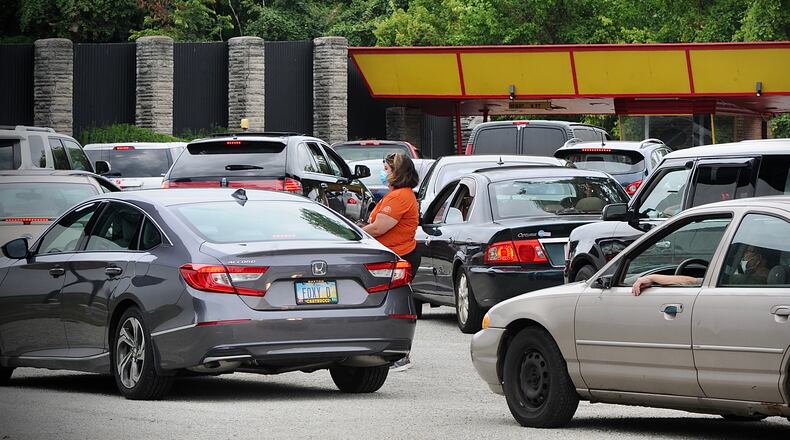Local and state governments are facing a rare moment because of the unexpected influx of one-time cash. Many organizations have been advocating for a piece of the pie.
The money is striking not just because of the jolt to budgets but also because local and state governments have significant discretion on how to spend it, according to researchers with the Brookings Institute.
The state has been allotted $5.36 billion in state fiscal recovery funds and received the first payment of about $2.7 billion. In June, Gov. Mike DeWine and the Ohio General Assembly approved spending about two-thirds of $2.7 billion.
That includes nearly $1.5 billion to repay money borrowed for unemployment compensation payments, which prevented increases in unemployment taxes for Ohio employers.
Members of Advocates for Ohio’s Future said they are advocating for public input hearings for how to spend the remaining cash from the first payment and $2.7 billion more yet to come.
ARPA funds are being approved through a legislative process that by nature allows for public input and testimony, as well as approval by elected representatives, said Dan Tierney, spokesman for Gov. Mike DeWine.
“To date, ARPA legislation has been passed on unemployment, children’s behavioral health, and water and sewer. Future ARPA plans will undergo the same legislative process,” Tierney said.
Advocates for Ohio’s Future held what they described as their own public hearing for weighing how to spend the cash.
Ohio Association of Foodbanks executive director Lisa Hamler-Fugitt made the case for funding for food and personal care items as well as for capacity building.
Children’s Defense Fund-Ohio staff said money should be given for helping people navigate the Child Tax Credit.
There’s $3,600 available for most children zero to five which in $300 monthly advance payments. But some parents aren’t automatically receiving these tax credits because they didn’t file taxes in 2019 or 2020.
“So our proposal is $10 million of ARPA state fiscal funds to establish a navigator network across the state to assist families with accessing their child tax credit payments that they’re owed,” Katherine Ungar, Children’s Defense Fund-Ohio.
Others who spoke ranged from Policy Matters Ohio arguing for hazard pay bonuses to frontline essential workers with low incomes; Coalition on Homelessness and Housing in Ohio asking for financing to develop around 1000 units of permanent supportive housing; and The Ohio Council of Behavioral Health and Family Services Providers advocating for funds to support workforce development in their industry.
Bergfeld anticipates that by the end of the fall there will be some kind of bill proposing how the remainder of the first allocation will be spent.
American Rescue Plan Act
The American Rescue Plan Act, signed into law March 2021, created many buckets of funding including two payments of $2.7 billion to Ohio in state fiscal recovery funds.
Some key allocations so far include:
- $1.47 billion to repay money borrowed for unemployment compensation
- $250 million to establish a Water and Sewer Quality Program to provide grants to municipal governments for serious water issues that have been building in Ohio for decades
- $84 million to support Ohio’s pediatric behavioral health care infrastructure improvements for youth in crisis
About the Author

